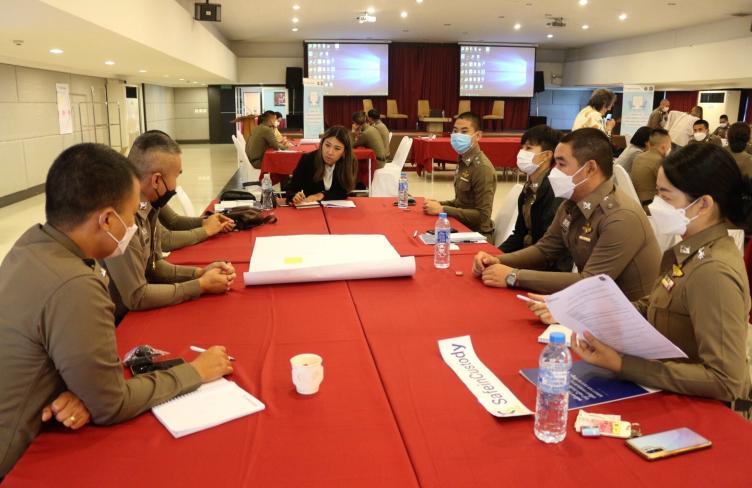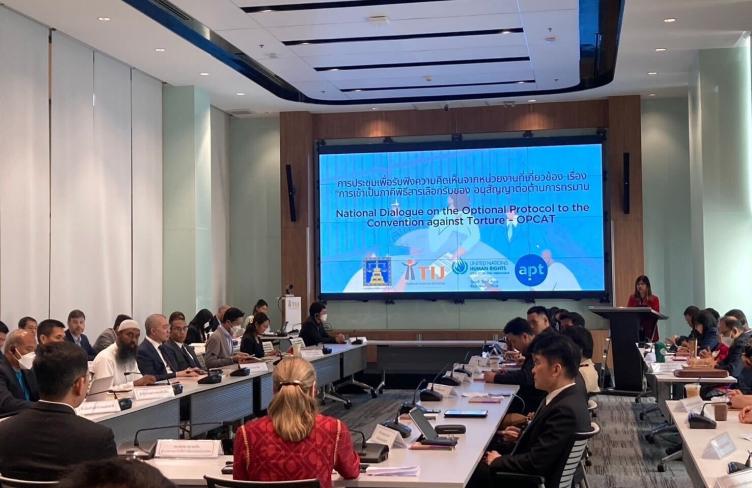
In his recent statement to the United Nations General Assembly, the Chairperson of the Subcommittee on Prevention of Torture (SPT), Malcom Evans, said that there is a clear connection between torture, ill-treatment and corruption, and that they are practices which go hand in hand.
Effective torture prevention must tackle the issues related to corruption, as raised in the 7th annual report of the SPT. In his statement, Evans said that there is a need to have honest information on the governance in places of detention. Who is really in charge?
This connection had been previously raised by the SPT in its 2010 visit report on Honduras and by the Inter-American Commission on Human Rights. In its report to Honduras, the SPT concluded that “corruption plays a fundamental role in the incidence of torture and ill-treatment” and that it “pervades the entire detention system”, involving all actors, prison staff, detainees and outsiders. Corruption also "ensures silence, blocks complaints and guarantees impunity”. These factors can affect the work of the various monitoring bodies and create systems of self-governance that result in high rates of prison violence.
In its "Report on the Human Rights of Persons deprived of Liberty in the Americas" (2011), the IACHR also warned about these practices and their consequences. The report reaffirmed that it is not admissible for the prison authorities to "limit themselves to external or perimeter surveillance, leaving the inside of the facilities in the prisoners’ hands”. This lack of effective control of prisons leads to systems of self-government or shared government, which are also “the result of the corruption endemic in many systems; the high rates of prison violence; and the organization and direction of criminal acts from prisons”.
Read the statement of the Chairperson of the Subcommittee on Prevention of Torture here.

